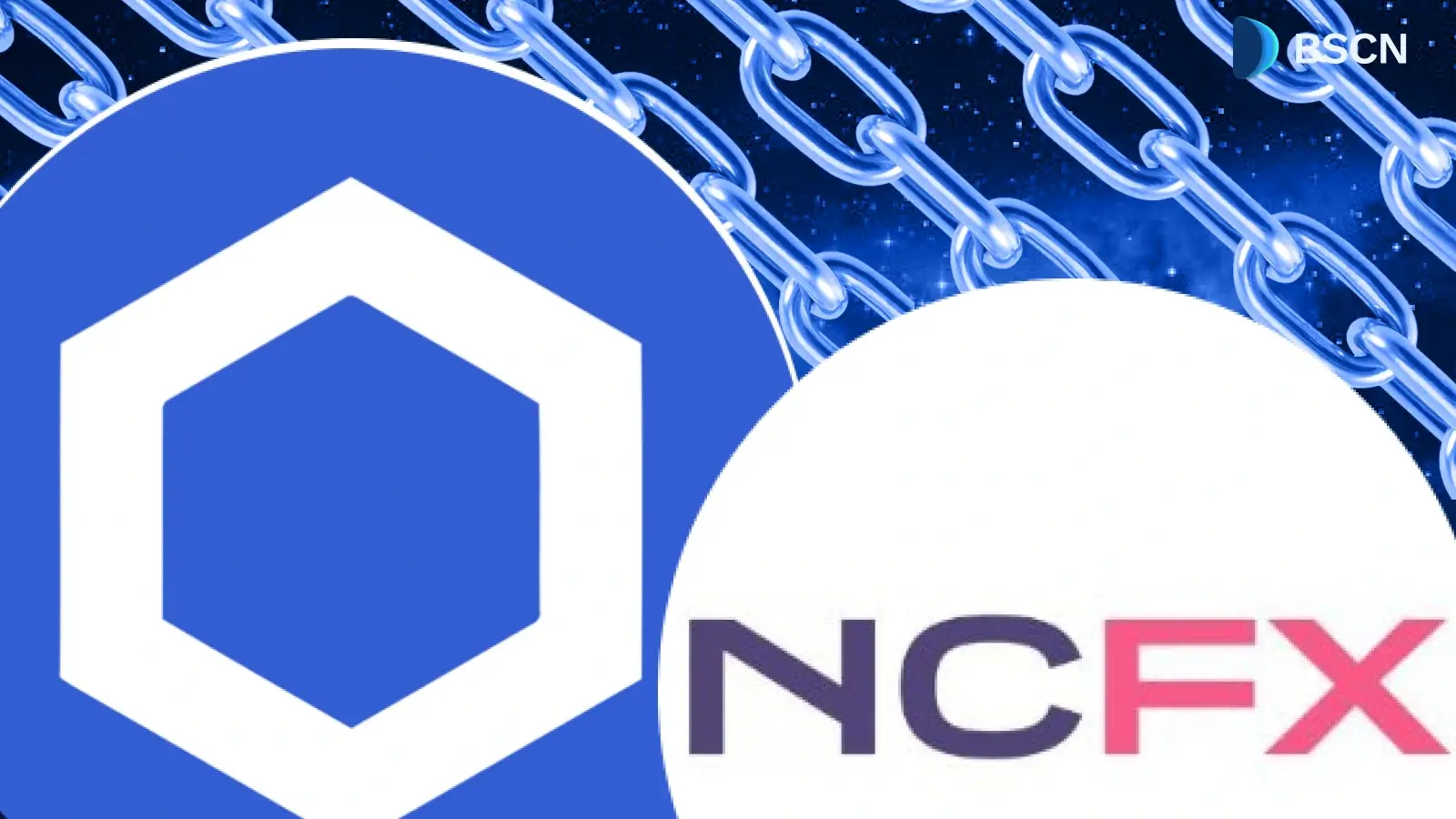Research
(Advertisement)
Bee Network vs Pi Network: Comprehensive Comparison of Two Giants

Pi Network & Bee Network boast two of the most impressive communities in the industry. But there are things that set them apart...
UC Hope
April 28, 2025
(Advertisement)
Table of Contents
Recently, mobile-based platforms like Bee Network and Pi Network have garnered significant attention, attracting millions of users worldwide. Both projects enable users to utilize their mobile devices to access cryptocurrency, fostering large and engaged communities through innovative mining mechanisms.
However, despite their similarities, key differences distinguish them. Let's take a look at an in-depth comparison of Bee Network and Pi Network, examining their shared strengths and distinct paths within the Web3 and Decentralized Finance (DeFi) ecosystems.
Similarities Between Bee Network and Pi Network
Large, Engaged Communities
Bee Network and Pi Network boast massive user bases, a testament to their appeal and accessibility. Pi Network, launched on March 14, 2019, has over 60 million Pioneers. These users actively participate in mining and community events, such as PiFest, which saw 1.8 million Pioneers using Pi for transactions in March 2025.
Similarly, Bee Network claims millions of Beelievers, as indicated in a recent X post on April 22, 2025, which cites 44,109,649 users. Both platforms foster vibrant communities through social media engagement, with @PiCoreTeam and @Beenetworkintl regularly posting updates and interacting with users on X.
Focus on Mobile Mining
A key similarity lies in their mobile-centric mining models, designed to democratize access to cryptocurrency. Pi Network enables users to mine Pi coins through a mobile app using an energy-efficient method that requires minimal device resources. This approach has enabled widespread adoption, particularly in regions with limited access to high-end hardware.
Bee Network, while also mobile-based, combines mining with gaming and social networking, enabling Beelievers to earn Bee cryptocurrency through interactive activities, such as the “Bumbly Bee” game. Both projects prioritize user-friendly interfaces, making crypto mining approachable for non-technical audiences.
Longevity in the Crypto Space
Both networks have been active for several years, establishing themselves as enduring players in the cryptocurrency landscape. Pi Network, founded in 2019, has been operational for over six years, with milestones like the launch of its Open Network in 2025. Bee Network, although its exact launch date is unclear, has been active since 2021. Their longevity reflects sustained user interest and ongoing development, distinguishing them from the numerous short-lived cryptocurrency projects.
Key Differences Between Bee Network and Pi Network
Token Generation Event (TGE)
A significant milestone is the completion of Pi Network's Token Generation Event (TGE), marking a critical step in its roadmap. The TGE, part of Pi’s transition to its Open Network phase, enabled the official issuance of Pi coins on its Mainnet. This step, announced in early 2025, facilitated real-world utility.
In contrast, Bee Network is yet to announce its TGE. This difference highlights Pi Network’s more advanced stage in its blockchain development.
Listings on Major Exchanges
Pi Network’s native $PI asset is listed on major cryptocurrency exchanges, enhancing its liquidity and accessibility. Following the TGE, Pi became tradable, allowing users to buy, sell, or trade them on platforms such as OKX. This listing has increased Pi’s visibility and market presence, attracting investors and traders.
Bee Network, however, has no confirmed token listings on major exchanges, as it has neither a TGE nor any information about its tokenomics... so far.
Frequency of Updates
Pi Network has demonstrated a higher frequency of updates, particularly in early 2025, though activity has slowed in recent weeks. Notable updates include the launch of email-based two-factor authentication on March 29, 2025, the .pi Domains Auction on March 17, 2025, and ongoing efforts to migrate to the Mainnet.
These developments reflect Pi’s focus on enhancing security, utility, and ecosystem infrastructure. Bee Network, although active, has fewer technical updates, with recent X posts focusing on community events, such as Earth Day 2025 and game launches. Pi’s more frequent updates suggest a faster pace of development, though both projects maintain active communication with their communities.
Comparative Analysis: Strengths and Challenges
Pi Network’s strengths lie in its large user base, completed TGE, and exchange listings, positioning it as a leader in the mobile-mining blockchain ecosystem. The Open Network and events like PiFest demonstrate real-world adoption, with 1.8 million users engaging in transactions. However, challenges include a recent slowdown in updates, which could signal a consolidation phase, and the need to sustain momentum after the TGE to maintain user trust.
On the other hand, Bee Network excels in community engagement through gaming and social features, with initiatives like Bee Funds supporting Web3 startups. It's Game Center, featuring several engaging dApps that offer BEE rewards, which fosters user retention. However, the absence of a TGE or exchange listings limits the token’s utility and market reach, posing challenges for scaling its ecosystem.
Nonetheless, both networks appear poised for growth according to their supporters, but their trajectories differ. Pi Network’s focus on Mainnet development and real-world utility suggests a path toward broader adoption, with many hoping it will rival established cryptocurrencies. Bee Network’s gaming-centric model and community-driven approach could carve a niche in the Web3 gaming space, but many feel it must prioritize TGE, real-world usage, and exchange listings to compete with Pi. As the crypto market evolves, their ability to innovate and deliver on promises will determine their long-term success.
Conclusion
Bee Network and Pi Network share significant similarities, including large communities, mobile mining, and longevity in the crypto space. However, Pi Network’s TGE, listing on several exchanges, and more frequent updates give it an edge in development and market presence. That said, Bee Network, with its gaming and social focus, offers a unique user experience.
For investors, developers, or crypto enthusiasts, understanding these differences is crucial when evaluating their potential. What's next for both platforms? Only time will tell.
Read Next...
Disclaimer
Disclaimer: The views expressed in this article do not necessarily represent the views of BSCN. The information provided in this article is for educational and entertainment purposes only and should not be construed as investment advice, or advice of any kind. BSCN assumes no responsibility for any investment decisions made based on the information provided in this article. If you believe that the article should be amended, please reach out to the BSCN team by emailing [email protected].
Author
 UC Hope
UC HopeUC holds a bachelor’s degree in Physics and has been a crypto researcher since 2020. UC was a professional writer before entering the cryptocurrency industry, but was drawn to blockchain technology by its high potential. UC has written for the likes of Cryptopolitan, as well as BSCN. He has a wide area of expertise, covering centralized and decentralized finance, as well as altcoins.
(Advertisement)
Latest News
(Advertisement)
Crypto Project & Token Reviews
Project & Token Reviews
Comprehensive reviews of crypto's most interesting projects and assets
Learn about the hottest projects & tokens













